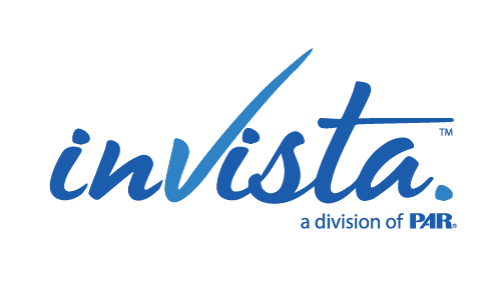In recognition of March being Women’s History Month, InVista is proud to offer a three-part series on women in the workplace. This is the second in our series of blogs investigating women in the workplace. Catch up on the first part here.
Woman rank higher in 12 of 16 core leadership competencies, including collaboration and driving results. And companies with gender-diverse teams outperform those without them. Even with these facts, women continue to face barriers that prevent them from thriving in their careers.
The good news? Human resource professionals have a unique opportunity to positively impact this situation by fostering transformational change to move beyond the status quo in supporting female leaders. From removing obstacles such as mid-career bias to targeted steps that can fix the “broken rung,” we reveal how organizations can equip women leaders with the targeted support they need to accomplish long-lasting success.
How HR can remove mid-career bias
In our first blog post on women in the workplace, we highlighted a Harvard Business Review survey revealing common biases female leaders face mid-career: unfair assumptions, unhelpful attention, and unequal access. The report also notes that these issues lead to discrimination against women regarding promotion, hiring, and pay. So how can HR professionals remove gender bias from management processes to give mid-career women the fair treatment they deserve? It starts with eliminating performative allyship and implementing transformational diversity, equity, and inclusion (DEI) policies.
Currently, all Fortune 100 companies have made a public commitment to DEI. And many are actually walking the walk and moving the needle. Case in point, HR leaders are holding executives accountable by tying DEI progress to compensation. Around one-third of S&P 500 companies have baked DEI metrics into their executive incentive plans. According to a Semler Brossy report, 28% of S&P 500 companies included DEI in compensation plans. Additionally, financial services company Mercer reported 35% of those it surveyed have tied executive compensation plans into environmental, social, and governance criteria.
Collecting data is another powerful tool in promoting DEI. Deloitte and the Alliance for Board Diversity collaborated on research on women and minorities on Fortune 500 Boards. The analysis revealed that 200 companies had greater than 40% diversity—a goal set in 2004. Deloitte reported that the rate of companies with diverse boards has almost quadrupled since data collection began.
Eliminate personality-based feedback
Gender bias in employee evaluations often involves the tendency to focus on women’s personalities but on men’s behaviors and accomplishments. Priya Sundararajan, a senior data scientist, found a high prevalence of gender bias in a review of feedback statements. She reveals that female employees are nearly 1.4 times more likely to receive personality-based feedback from male reviewers.
So how can HR professionals tackle this issue? By providing constructive feedback. According to HR Dive, offering structured criteria when evaluating talent emphasizes the behaviors and accomplishments of employees—not their personalities. The more structure, the less likely managers are to fall into the trap of gender bias. SRHM also advises that using well-designed talent assessment tools that measure competencies can help organizations remove bias that may interfere with the hiring process.
Fixing the “Broken Rung”
According to McKinsey’s Women in the Workplace report, women lose the most ground at the first step up the ladder to becoming a manager, also known as the “broken rung.” Luckily, the analysis offers targeted solutions based on DEI and HR best practices, including:
- Identifying the most significant gap in promotions for women in their pipeline.
- Ensuring women and men obtain promotions at similar rates and monitor outcomes to ensure they’re equitable.
- Rooting out biased aspects of the evaluation process.
Establishing sponsorship programs to advocate on the employee’s behalf is another targeted action HR leaders can take to ensure women, especially women of color, succeed in reaching the C-suite level, states Andréa Carter, SEVP and CHRO for Global Payments, Inc. She explains in the Forbes article that sponsors take an active role in ensuring women get the projects or invites they need to be effective in their roles and, ultimately, make their case for the next promotion.
So what’s next for women in the workplace?
As women continue to face barriers and biases that prevent them from thriving in their careers, transformational change is also happening all around us. By utilizing targeted practices and data-driven programs to help retain, support, and strengthen top female talent, HR professionals are creating workplaces that enable women leaders to reach their goals and shatter glass ceilings.
As the modern workforce diversifies, human resource leaders and organizations will undoubtedly be presented with new opportunities and innovations to support female executives. So what does the future look like? Check back soon for the final blog in this series.


Recent Comments